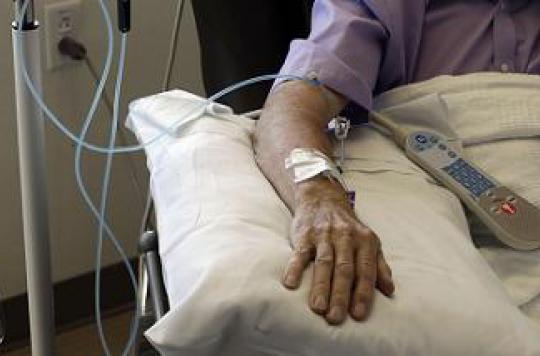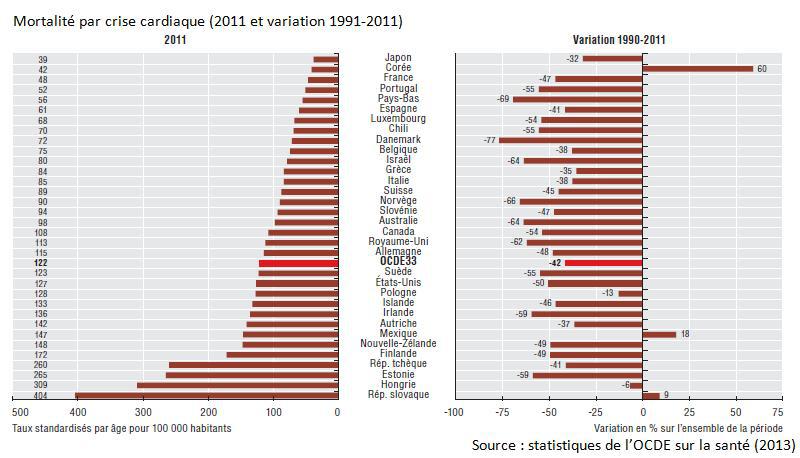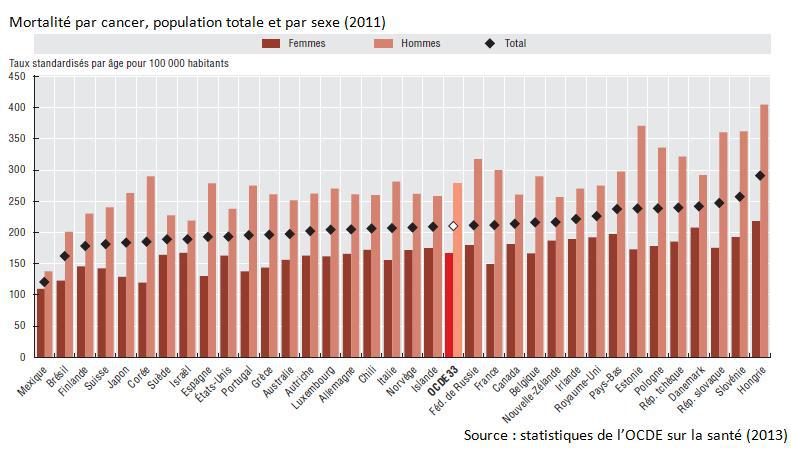The fight against heart disease has paid off. France ranks 3 rd in the OECD in reducing mortality linked to these pathologies.

The French health system is often cited as an example. In the fight against cardiovascular disease, we can be proud of it. According to the latest Panorama de la Santé produced by theOrganization for Economic Cooperation and Development (OECD), published on November 21, deaths due to these pathologies are on the decline.
33% of deaths in OECD countries are due to cardiovascular disease. Heart attacks caused 12% of deaths in 2011 and strokes 8%. According to figures from the ODE, France is one of the “good students. It is the third country with the fewest deaths from heart attacks behind South Korea and Japan. 42 French people out of 100,000 are affected, almost half as many as 22 years ago. The country is doing much better than the OECD average, which has 122 deaths per 100,000 people, a decline of 42%. Our British and German neighbors have recorded a reduction in mortality of 62% and 48%, respectively.

Cerebrovascular diseases are also well treated in France. The report places the country in first position with Switzerland: 41 inhabitants out of 100,000 die of it (-53%). The OECD average is 69 deaths per 100,000 people. Germany is better ranked this time around, but the UK is still just above average. Once again, Eastern Europe suffers from a lack of resources and is at the bottom of the ranking.
This marked decline in heart attacks and cerebrovascular disease in OECD countries is mainly due to the decrease in smoking. This made it possible to reduce the incidence and mortality of these pathologies. But the report also welcomes clear progress in the care of patients, especially those in cardiac surgery.
Can do better against cancer
France, on the other hand, is less effective in its fight against cancer, even if it has fallen by 15% compared to 1990. 2e cause of mortality in OECD countries, it was responsible for a quarter of deaths in 2011. Another black spot for France: men die twice as much from cancer than women (300 deaths per 100,000 men compared to 150 per 100,000 women). These inequalities are observed in all the countries studied, but are particularly evident in ours. Thus, lung cancer kills more men (23% of deaths) than women (16%). This is mainly due to the persistence of risk factors: men smoke statistically more than women.
In France, as in Japan, Denmark or Canada, mortality attributable to cancer is on the rise: it is now the leading cause. Our country is below the OECD average, which totals 211 deaths per 100,000 inhabitants. Mexico, Brazil and Finland are the “good students” in this ranking.

As other diseases are rapidly declining in terms of mortality, that of cancer appears to be increasing. But this remains a relative calculation. In figures, it kills less than 20 years ago. The main “contributors” to the lower mortality are cancers of the stomach, colon, breast and cervix in women, and prostate and lung cancer in men. But the fight continues: pancreatic and liver cancers kill more patients of both sexes, and lung cancer more women than in 1990.
.















